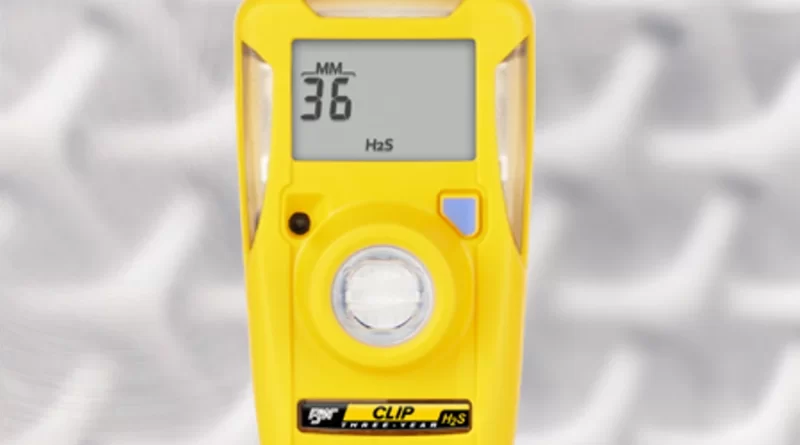Keeping Your Home Safe With the Honeywell Gas Detector
Un streamlined way to detect and address issues without physically touching detectors. Save time and centralize data using IntelliDoX docking stations and Honeywell SafetySuite Device Configurator software.
BW Ultra detects oxygen, hydrogen sulfide and carbon monoxide as well as combustible gases up to LEL simultaneously, with its pumped design providing for entry monitoring of confined spaces. Plus, with one button operation and its easy one-button use even with gloves on, this detector makes detecting gases simple! Whether at home or in the workplace, the Honeywell Gas Detector is essential to protecting your family, staff, customers and assets. With an easy to use and reliable gas detector, you can be sure of a safe home and workplace.
Installing a Gas Detector
People often wonder how to install gas detectors correctly and safely. The optimal location will depend on which gas type it detects: for heavier gases like propane and LPG, placing them low is best; while for lighter ones like methane and carbon monoxide it would be prudent to position them higher up on your ceiling.
Airflow in any room should be carefully considered, since gases released into the atmosphere and dispersed through ventilation or drafts must dissipate as quickly as possible. Gases closer in density to air tend to move with it more readily and will become diluted over time.
Portable gas detectors worn by staff members can be recalibrated quickly and easily by exposing it to calibration gas – often a cylinder of its desired constituent gas. In addition, daily bump tests should be carried out, especially for life threatening or dangerous applications that utilise portable samplers (IGD’s Sampler Module is ideal).
Exit Signs Standards
As a building manager, it is your duty to ensure that emergency lighting and exit signs comply with all applicable standards. To do so effectively requires regular inspections by experts who understand NFPA guidelines; for instance they should check whether batteries in emergency lights remain intact and can keep running for 90 minutes without power from your building.
An expert can also assist in selecting the appropriate type of exit sign for your building, taking into account such details as height and visibility requirements. Signs should be installed no higher than 6 feet 8 inches above doors to remain clearly visible during emergencies and not obstruct any way from being seen clearly by people fleeing in any form. Your expert can also suggest whether photoluminescent or electrically illuminated signs should be used.
Overall, compliance with exit signs standards can go a long way in helping building occupants evacuate safely during emergencies. Therefore, it is wise to install the appropriate exit signs in buildings keeping all relevant standards in mind.
Detector Maintenance
Just like any tool, gas detectors need to be properly maintained in order to work effectively. They should be regularly cleaned, calibrated and replaced to ensure they’re operating optimally – this also allows any issues in the future to be detected early.
Honeywell 301C Controller features zone capabilities that help minimize installation and operating costs by ensuring short fluctuations registered at one transmitter do not trigger relays in other areas, thus avoiding costly shutdowns that would otherwise ensue.
The BW Ultra was developed to simultaneously detect four gases required for entry into confined spaces and an optional fifth gas of your choosing, as well as providing real time gas concentrations with simple icons displayed on an easy-to-read display and remote monitoring. When combined with Honeywell Safety Communicator mobile app, this creates a new level of hazard awareness by quickly providing critical information regardless of your location; increasing efficiency, productivity and safety even in hazardous environments.
Carbon Monoxide Detectors
Carbon Monoxide (CO) detectors protect your home against an invisible killer that is just as deadly. According to the National Fire Protection Association, CO poisoning is the leading cause of non-fire related deaths; breathing in this gas deprives both heart and brain of oxygen they need for optimal functioning.
Put an end to this silent killer by installing carbon monoxide detectors on all levels of your house, particularly basement level and near any fossil fuel burning appliances. When your CO alarm sounds, evacuate immediately by going outdoors or seeking fresh air at neighbor’s homes; seek medical help if symptoms of carbon monoxide poisoning such as confusion, irrational thinking or memory loss appear as it can only be treated through fresh air and medical assistance. Carbon monoxide detectors typically feature electrochemical sensors or metal oxide sensors which detect it by sensing how its reduction reduces electrical current passing through them – these types of detectors come UL listed so you know they work reliably when alarming!

